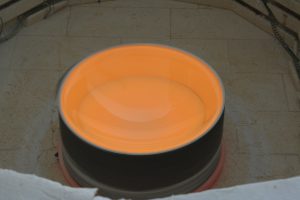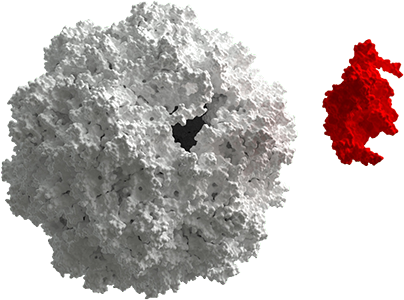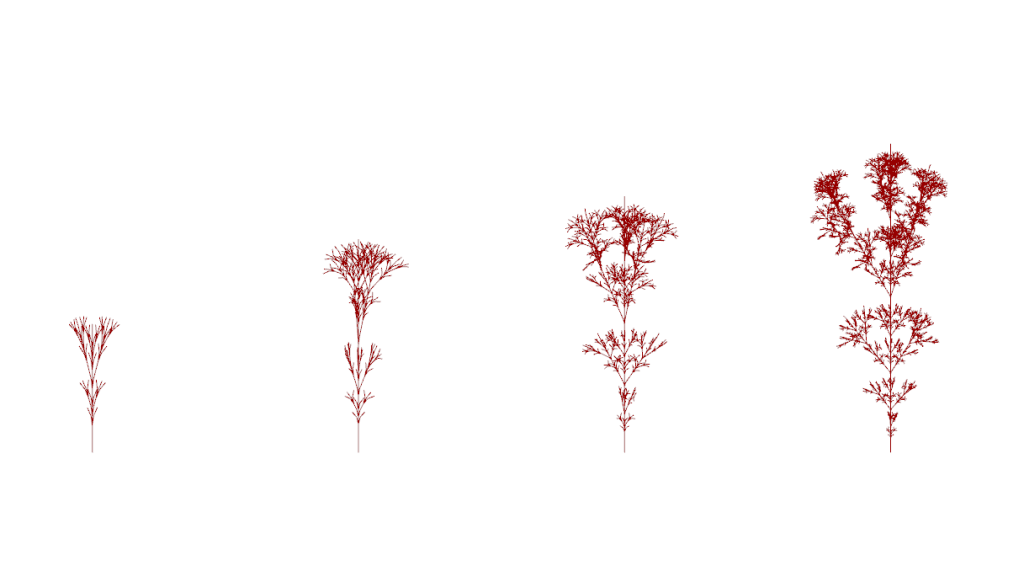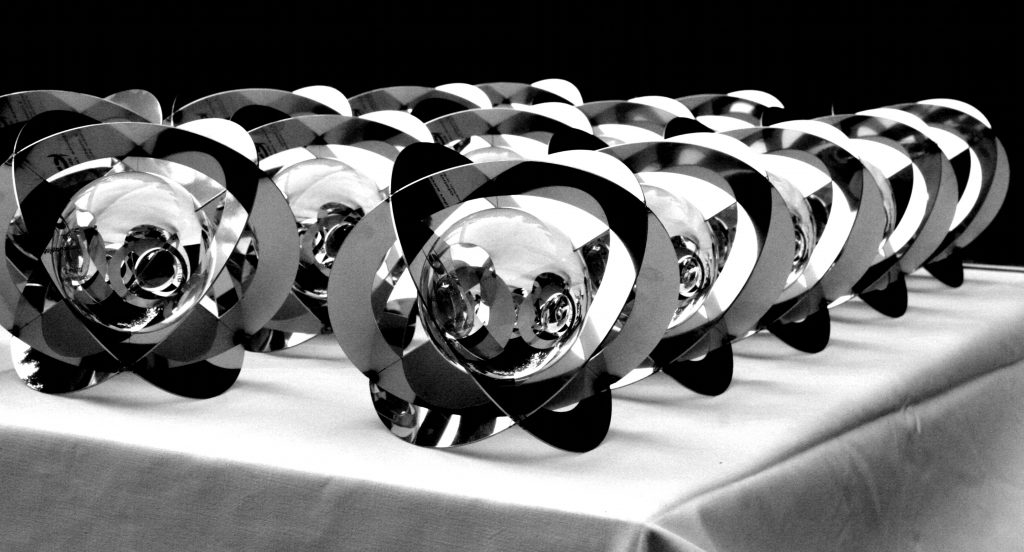

Archimeidon is the long therm project, which is based at my self developed unique technique, of spun melted glass.
It use centrifugal and gravity forces for it´s shaping in to the shape of parabola when it is in the state of liquid and than it is rapidly cooled in to the solid state glass.
Glass is spinned at the temperature of 950°C in the machined silica-plaster mold. By this setup, I´m able to capture perfect inner parabolic shape, that the glass does it self, just with my assistance of the speed control. Off-course I´m still facing a lot of technological problems, but in general it works great.
Contemporary I´m debuging process of machining molds, melting and cooling of the glass and working at the next step, which is exact cutting and mechanical polishing the rest of the surface, before the procedure of vacuum aluminium and silica deposition.
That process is really similar to cutting and polishing of the telescope mirrors used for astronomy, it is also the field where my interests guided me,
and I found it very helpful in my research.
The whole concept is mentioned as a small scale production of hi-tech glass design interior objects, such as centrepiece.
By the way, I won a rector prize for a year 2012, with this project at my university and it was exhibited at Salone del Mobile, Milan 2013.










